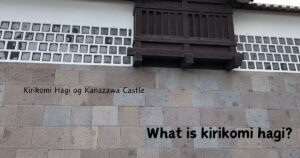A “restored tenshu” refers to the process of rebuilding a Japanese castle’s main defensive tower or keep, known as a tenshu, which existed in the past but was lost due to various reasons such as war, natural disasters, or decay. The restoration work is based on historical documents, remains, and research, aiming to faithfully recreate the original appearance and structure as closely as possible. While modern techniques and materials may be used, the priority is to maintain historical accuracy.
Purposes of Restored Tenshu
- Recreating Historical Value: By replicating the lost historical structures, restored tenshu enhance the understanding of the area’s historical context and cultural heritage.
- Educational Role: Restored tenshu provide educational opportunities for visitors to learn about Japanese castle architecture and history.
- Tourism Promotion: As historical attractions, restored tenshu increase the value of the region as a tourist destination, contributing to economic benefits.
Differences Between Restored Tenshu and reconstructed tenshu
While restored tenshu and reconstructed tenshu might seem similar, they differ in focus and methodology.
- Restored Tenshu: Prioritizes historical accuracy, attempting to replicate the original building’s style and structure based on thorough research of documents and remains.
- Reconstructed Tenshu: Also aimed at recreating historical buildings for the present day but does not necessarily have to be based on the original designs. While they may mimic the historical appearance, the interior structure or purposes can be adapted for contemporary needs.
Restored tenshu play a crucial role in conveying the beauty and craftsmanship of Japanese castle architecture to the modern era, rekindling an appreciation for historical value.


